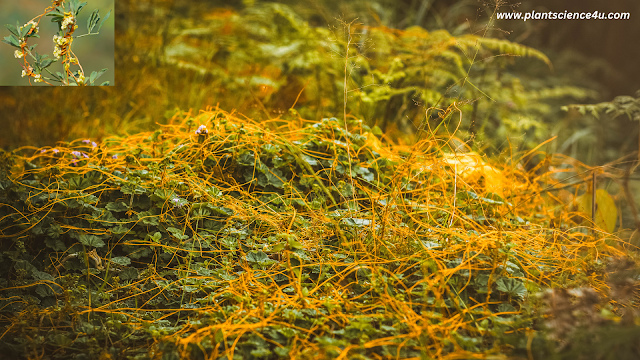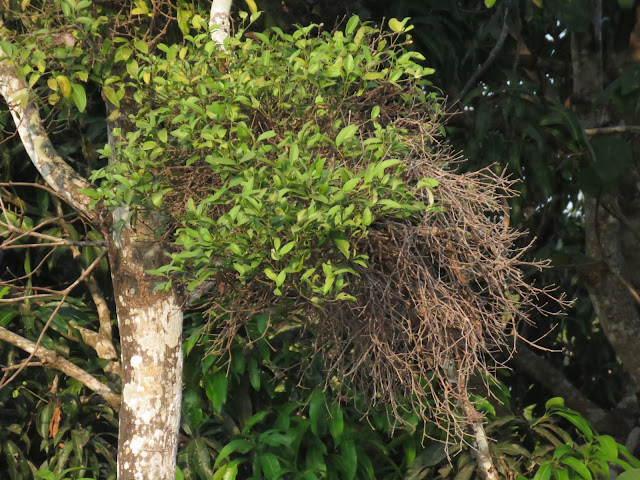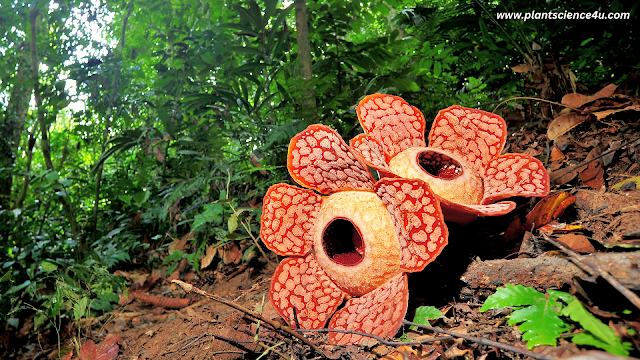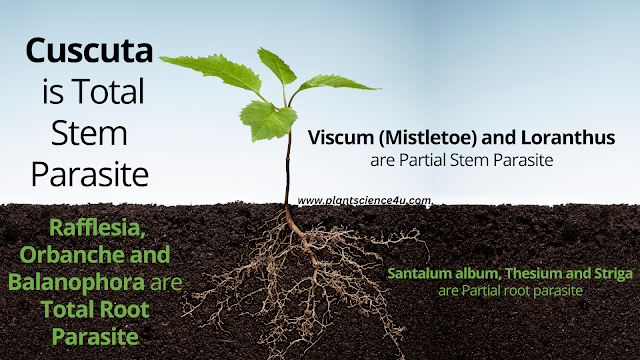There are some plants which do not have chlorophyll. They cannot synthesise their food. How do they survive and from where do they derive nutrition? Like humans and animals such plants depend on the food produced by other plants. They use the heterotrophic mode of nutrition.

Look at Figure Do you see yellow tubular
structures twining around the stem and branches of
a tree?
Cuscuta (Amarbel) is a light yellowish green climber which spreads over a plant. This is a plant Cuscuta It does not have chlorophyll. It takes readymade food from the plant on which it is climbing. The plant on which it climbs is called a host. Since it deprives the host of valuable nutrients, it is called a parasites.

Haven't you seen the Loranthus that grows on the mango tree? Is the growth of Loranthus on the mango tree beneficial? Why? Even though Loranthus has leaves and roots, it prepares food absorbing water and minerals from the host plant.

Some
plants absorb food from the plants on which they live. They do not prepare food
for themselves. Rafflesia, the largest flower in the world, also belongs
to this category
Angiospermic parasites

• Plants that absorb water and minerals from the host plant and prepare their own food with the help of their leaves are known as semi parasites.
Example:
Loranthus.
• Plants that absorb food directly from the host plants are total parasites.
Example:
Cuscuta.
•
Both semi parasites and total parasites harm the host plants.
|
Total Stem Parasite |
Cuscuta |
|
Partial Stem Parasite
|
· Viscum (Mistletoe) · Loranthus |
|
Total Root Parasite |
· Rafflesia · Orbanche · Balanophora |
|
Partial Root Parasite |
· Santalum · Thesium · Striga |
